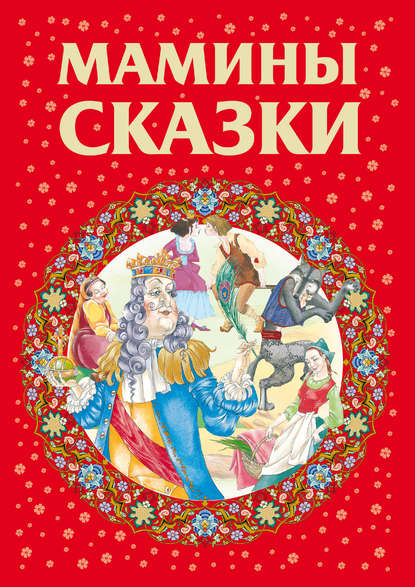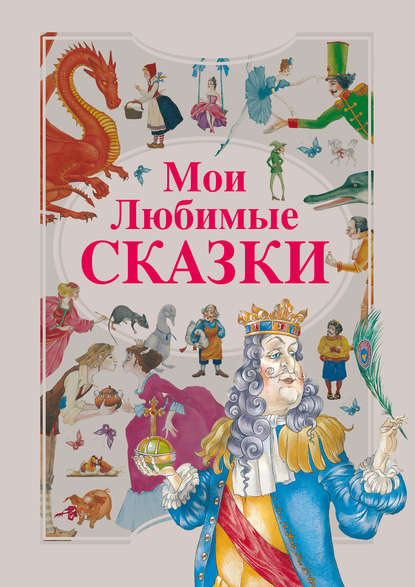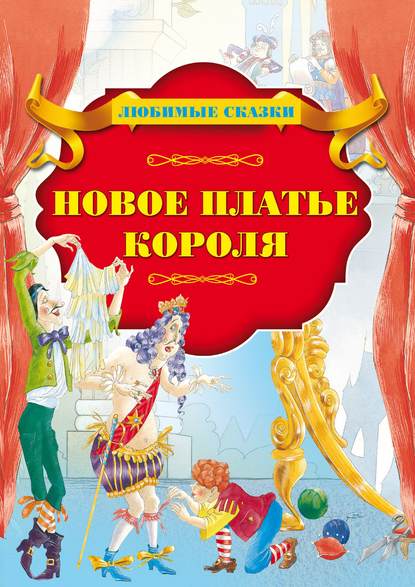
Полная версия:
Ганс Христиан Андерсен Снежная королева. Адаптированный текст + задания. Уровень A1
- + Увеличить шрифт
- - Уменьшить шрифт

Ганс Христиан Андерсен
Снежная королева. Адаптированный текст + задания. Уровень A1
© А. Грек, адапт. текста, коммент. и словарь, 2022
© ООО «Издательство АСТ», 2022
The Snow Queen
by Hans Christian Andersen
Story the first
Which tells of the looking-glass and the bits of it
Attention, please, we’re going to begin. When we go to the end of the story we shall know more than we do now. Once there was a wicked troll. He had made a looking-glass which had this property: everything good and pretty that was reflected in it became bad and ugly. And everything that was no good became even worse. The most beautiful landscapes looked like boiled spinach, and the best of men looked bad. Their faces were so ugly that they couldn’t be recognized. It was very funny, the troll said. He couldn’t stop laughing at his clever invention. Everyone who visited the troll school (for he kept a troll school) told the news all about that miracle looking-glass: you could now see, they said, what the world and people really looked like. They ran everywhere with the glass, and at last there wasn’t a country or a person left who hadn’t been distorted in it. After that they decided to fly up to heaven itself and make fun of the angels. The higher they few with the glass, the more it grimaced. Up and up they few, and then the glass grimaced so hard that it fell out of their hands and to the ground. It broke into millions of little pieces. Some of them were as big as a grain of sand. They few around the wide world, and when they got into peoples’ eyes, they stuck there, and from that moment the people saw everything distorted and only looked for the bad things.
Every little splinter of the glass had the same power that the whole glass had. Some people got a little bit of the glass into their hearts, and that was horrible, for their hearts became just like ice. Some of the pieces were so big that they were used for window glass. Other pieces were made into glasses, and that was a bad thing, if people put them on to see correctly and judge rightly. The evil troll laughed at this, for it was very amusing to him. And out in the world little bits of glass were still flying in the air.
Now you shall hear what happened with some of them.
Словарные слова:
wicked – злой
property – свойство
reflect – отражаться
landscape – ландшафт
recognize – узнать
invention – изобретение
distorted – искажен
grain of sand – песчинка
stuck – застревать
splinter – осколок
judge – судить
Упражнения:
1. Поставь глаголы в форму прошедшего времени:
1) Be
2) Have
3) Look
2. Объясни, почему:
1) The looking glass was unusual.
2) The looking glass was dangerous.
3) The troll thought it was funny.
3. Ответь на вопросы:
1) Was the troll kind?
2) What was the evil magic of the looking glass?
4. Что обозначают выделенные слова?
1) that was horrible
2) judge rightly
3) the glass grimaced
4) boiled spinach
5. Вставь правильные предлоги:
1) He couldn’t stop laughing ____________________ his clever invention.
2) It broke ____________________ millions ____________________ little pieces.
3) Some people got a little bit of the glass ____________________ their hearts
6. Выскажи свое мнение о:
1) The troll
2) The looking glass
7. Поставь предложения в правильном порядке:
1) Some of the pieces were so big that they were used for window glass.
2) And out in the world little bits of glass were still flying in the air.
3) Attention, please, we’re going to begin.
4) Some of them were as big as a grain of sand.
5) The higher they few with the glass, the more it grimaced.
8. Дополни предложения с помощью данных слов:
Reflect / invention / stuck / wicked
1) We got ____________________ in mud.
2) It was a great ____________________.
3) The king was ____________________ and cruel.
4) The mirror can ____________________ objects.
9. Составь предложения со словами:
heaven
grimace
power
laugh
10. Поставь глагол в правильную форму.
1) They (run) everywhere with the glass.
2) It (be) very funny, the troll (say).
3) The most beautiful landscapes (look) like boiled spinach, and the best of men looked bad.
4) After that they (decide) to fly up to heaven itself and make fun of the angels.
Story the second
A Little Boy and a Little Girl
In the big town, where there are so many houses and people that there isn’t enough place for everybody to have a little garden, and where most people have to grow flowers in pots, there were two poor children. They weren’t brother and sister, but they loved each other like a brother and a sister. Their parents were near neighbours, living in two attics, where the roof of the one house touched the other: a small window in each house faced the other; you could get from one window to the other in one step.
The parents had, each of them, a large wooden box outside the window, and in it grew kitchen herbs which they used, and also a little rose tree; there was one in each box, and they flourished wonderfully. Then the parents thought of putting the boxes across the gutter in such a way that they reached almost from the one window to the other and really looked like two bunches of flowers. The pea plants hung down over the boxes, and the rose trees twined about the windows and bent over to meet each other, and made almost an arch of leaves and blossoms. The boxes were very high up, and the children knew they must not climb up into them, but they were often allowed to get out to meet each other and sit on their little stools beneath the roses, and there they used to play very happily.
In winter, of course, there was not this pleasure. The windows were often quite frozen; but then they would heat copper pennies on the stove, and then put the hot pennies on the frosty window, and this made a small peep-hole, one out of each window; the little boy’s and the little girl’s. The boy’s name was Kay and the girl’s name was Gerda.
“Those are the white bees swarming,” said the old grandmother once in winter, looking at the falling snow.
“Have they got a queen too?” asked the little boy-for he knew that the real bees have one. “Indeed, they have,” said grandmother, “she is the biggest of them all, and she never stays still on the ground, but flies up into the black cloud. At winter nights she flies through the streets of the town and looks in the windows, and then they freeze into wonderful patterns, like flowers.”
“Can the Snow Queen get in here?” asked the little girl.
“Let her come!” said the boy, “and I’ll put her on the hot stove and she’ll melt.”
One evening, when little Kay was at home, he climbed up on the stool by the window and peeped through the little hole. A few snowflakes were falling outside, and one of them, the biggest of them all, was lying in a corner of one of the flower-boxes. It grew larger and larger, and at last turned into a lady, dressed in a white dress, which seemed to be made out of millions of snowflakes. She was very pretty and delicate, and she was made from ice, but she was alive. Her eyes were like two bright stars, but there was no rest or quietness in them. She nodded towards the window and beckoned with her hand. The little boy was frightened and jumped down off the stool.
Next day was clear and frosty, and after that came spring-time; the swallows built their nests, the windows were open, and the children sat once more in their little garden. What lovely summer days were those, and how nice it was to be out among the fresh rose bushes!
Kay and Gerda were looking at a picture book with animals and birds in it, and then-just as the clock in the great church tower was striking five-Kay said, “Oh! Something pricked my heart, and I’ve just got something in my eye!”
The little girl put her arm round his neck, and he winked his eye, but no, there was nothing. “I think it’s gone,” he said, but it wasn’t. It was one of those tiny bits of the troll-glass. Poor Kay! He had got a piece of it right into his heart, and it started to turn into ice.
Конец ознакомительного фрагмента.
Текст предоставлен ООО «ЛитРес».
Прочитайте эту книгу целиком, купив полную легальную версию на ЛитРес.
Безопасно оплатить книгу можно банковской картой Visa, MasterCard, Maestro, со счета мобильного телефона, с платежного терминала, в салоне МТС или Связной, через PayPal, WebMoney, Яндекс.Деньги, QIWI Кошелек, бонусными картами или другим удобным Вам способом.





